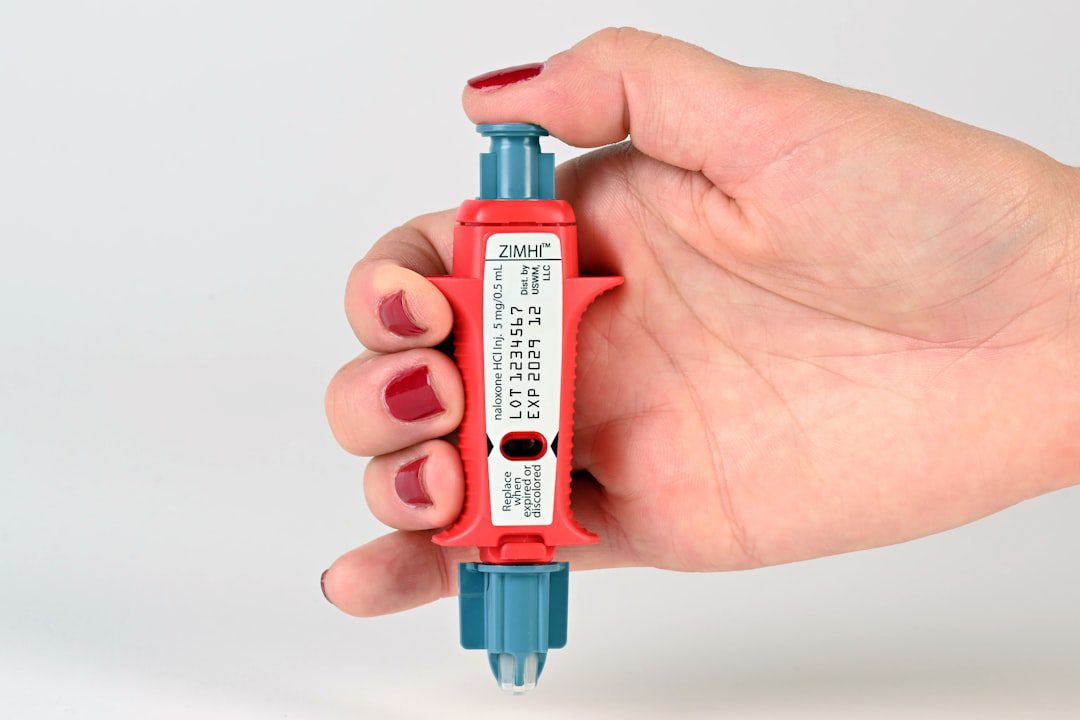
FDA Enhances Medical Device Recall Communication Program
The FDA has issued an updated alert regarding infusion pump safety issues from Fresenius Kabi USA, marking a significant development in the agency’s Communications Pilot to Enhance the Medical Device Recall Program. This update represents the FDA’s evolving approach to post-market surveillance and demonstrates the critical importance of proactive safety communication in the medical device industry.
Understanding the Enhanced Recall Communication Framework
The Communications Pilot program reflects the FDA’s commitment to improving transparency and effectiveness in medical device recall communications. This initiative aims to provide more timely, clear, and actionable information to healthcare providers, patients, and manufacturers when safety issues arise.
For infusion pumps specifically, this enhanced communication is particularly crucial given their classification as Class II medical devices under 21 CFR 880.5725, which require rigorous quality controls and post-market surveillance due to their direct impact on patient safety.
Key Regulatory Implications
- Enhanced Reporting Requirements: Manufacturers must demonstrate more robust post-market surveillance capabilities
- Improved Risk Communication: Clear, immediate communication channels with healthcare providers and patients
- Proactive Safety Measures: Earlier intervention when potential safety issues are identified
- Regulatory Transparency: Increased visibility into FDA decision-making processes
Critical Actions for Medical Device Manufacturers
Immediate Compliance Steps
Medical device manufacturers should take the following actions to align with the enhanced recall communication framework:
- Review Post-Market Surveillance Procedures: Evaluate current monitoring systems under ISO 13485:2016 Section 8.2.1 to ensure adequate detection of potential safety issues
- Update Risk Management Processes: Align risk management activities with ISO 14971:2019 requirements, particularly focusing on post-production information analysis
- Strengthen Communication Protocols: Establish clear channels for rapid communication with healthcare providers, distributors, and regulatory bodies
- Enhance Documentation Systems: Ensure comprehensive record-keeping that supports timely and accurate safety communications
Long-Term Strategic Considerations
The FDA’s enhanced communication approach signals a shift toward more collaborative and transparent post-market oversight. Manufacturers should consider:
- Technology Integration: Implementing digital monitoring systems that enable real-time safety data collection and analysis
- Cross-Functional Teams: Establishing dedicated post-market surveillance teams with direct reporting lines to senior management
- Supplier Management: Ensuring contract manufacturers and suppliers align with enhanced communication requirements
- Global Harmonization: Coordinating safety communications across international markets
Business Impact and Risk Mitigation
The enhanced recall communication program creates both challenges and opportunities for medical device manufacturers. While increased scrutiny may seem burdensome, proactive compliance can:
- Reduce regulatory enforcement actions
- Minimize business disruption during safety events
- Protect brand reputation through transparent communication
- Demonstrate commitment to patient safety
Regulatory Best Practices Moving Forward
To stay ahead of evolving FDA expectations, medical device manufacturers should:
- Establish Proactive Monitoring: Implement systems that go beyond minimum MDR requirements
- Invest in Training: Ensure regulatory affairs and quality teams understand the enhanced communication framework
- Regular Internal Audits: Conduct quarterly reviews of post-market surveillance effectiveness
- Industry Engagement: Participate in FDA workshops and industry forums to stay current on program developments
The Fresenius Kabi infusion pump alert update serves as a critical reminder that post-market surveillance is not just a regulatory requirement—it’s a fundamental business imperative that directly impacts patient safety and commercial success.


No comments yet. Be the first to comment!